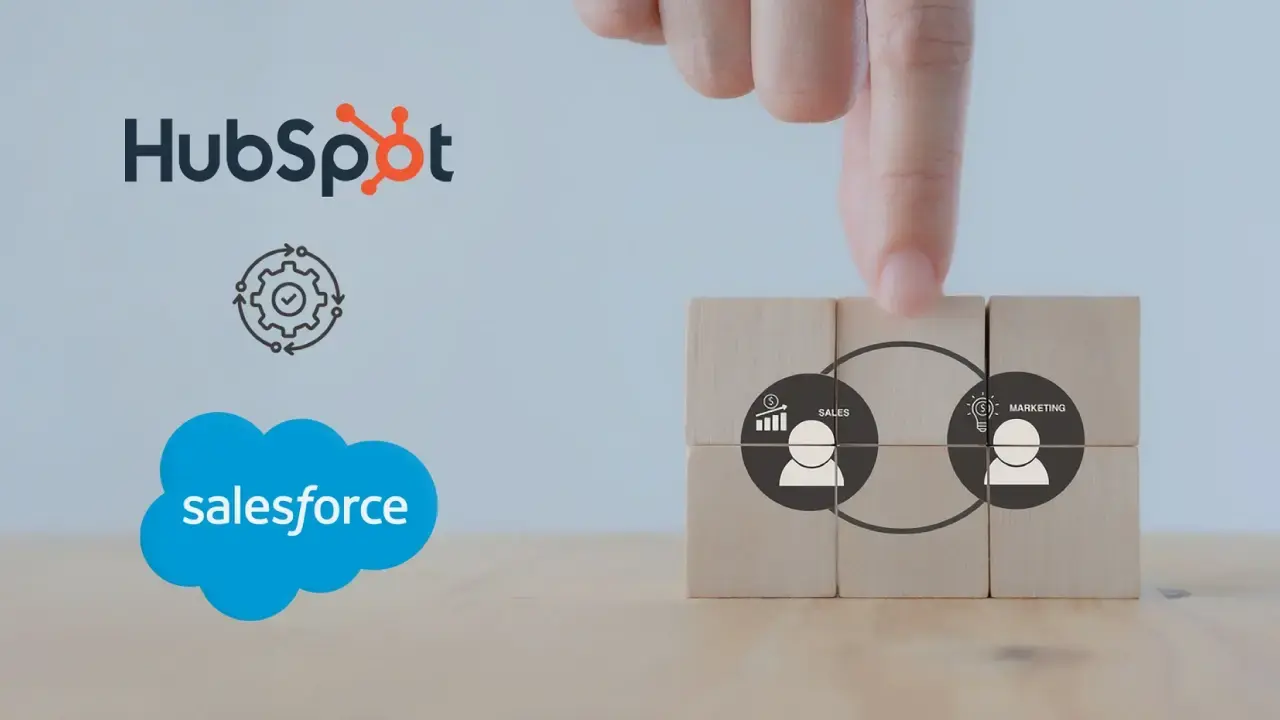
SaaS businesses are very different from traditional businesses as they involve a higher level of complexity. Because of this, the metrics that work for traditional businesses won’t necessarily work for a SaaS business. Hence, if you truly want to see a big difference in the future results and growth of your organization then, it is vital that you keep tabs on some important SaaS business metrics. In this article, we’ll be talking about some of those Key Performance Indicators (KPIs).
Before we start our discussion there is one thing that we should get out of the way. The first thing that you need to know is that there are many SaaS business metrics. Hence, it is not possible for any SaaS business to track all of those business metrics. Because of this, to make matters easier for you, you should try a simple rule of thumb.
Whenever you want to decide whether a business metric is important for the organization or not, simply try to answer the question of how this metric ties to your final goal. If there is a clear answer then, it is an important business metric and you should not skip it. But if there is a lack of a clear answer, then just move on. Now, let’s take a deep dive into Saas business metrics.
Total number of unique visitors
The first metric or the KPI that an organization should be tracking is unique visitors. This metric basically refers to the total number of individuals who visit your website in a particular amount of time. This should not be confused with the total number of sessions that individuals are coming for within any given timeframe. To understand this in a better manner let’s consider an example.
Assume that you are running a business and within a month you have 10,000 sessions. To fully understand the meaning of this number you need to separate it from the total size of your audience. Because if you look at the unique visitor statistics then you might realize that while you had 10,000 sessions in a month but your audience size was only 1,000.
To track this business metric you can use any tools such as Google Analytics, that are available online. Using this tool will also help you in understanding and tracking any growth that your business might experience in terms of its audience. You can also employ various digital marketing strategies and check which strategy works best for you and your organization.
Importance of leads
Leads are one of the most important SaaS business metrics that you should keep a constant tab of. It is also a broad term but it can be subcategorized into the categories that are mentioned below.
Leads
This is basically the very top of the funnel as it refers to individuals who are just starting to do their research. These individuals know that they have a problem or a requirement and they are still collecting information as they don’t know how to solve that problem yet. People who might have just filled out a form on your website fall into this category.
Marketing qualified leads (MQLs)
People who fall under this category qualify as potential customers and prospective leads for your business. People in this category might have visited your website a few times or they might have downloaded something.
Sales qualified leads (SQLs)
Individuals who fall in this category have higher chances of being turned into customers than individuals from the Marketing Qualified Leads (MQLs) category. These individuals are done with their research and are now probably looking for possible vendors.
Closed-loop marketing automation tools can be used to measure this business metric and this metric can work wonders for helping you understand how to drive better sales.
Lead generation can be tough but check out these nine SaaS marketing strategies to improve lead generation.
Churn
Churn is one of those SaaS business metrics that allows an organization to know the amount of business that they are losing in a certain amount of time. This metric measures the number of customers that are canceling their revenue services. To measure this metric you need to take the total number of customers that you are losing in one month and divide that by the total number of customers that you had at the beginning of that month. Simply multiply the number that you get by 100 and you will get the final churn percentage.
For example, if you lost one customer in a month and you have a total of 100 customers at the beginning of the month then your churn percentage is 1%. It is important to remember that churn is a normal part of any business. But the number should not be high as it can spell trouble for your organization. According to Lincoln Murphy, who is an expert Growth Consultant with various best-selling books on customer success, an acceptable churn rate for an organization should ideally be between 5% to 7% in a year.
Lead-to-Customer Rate
This SaaS business metric is also known as the lead conversion rate. And as the name suggests, this metric refers to the total number of leads that are converted into existing customers. To measure this metric all you need to do is to take the total number of customers that you have for a month and divide it by the total number of leads for that month. After that, simply multiply the number that you get by 100 to receive a final percentage.
For example, let’s assume that you have 10 customers in a month. The total number of leads was 500. So, your lead conversion rate for that month would be 2%. This metric offers a tremendous amount of help to individuals who wish to understand the rate at which they are generating sales through potential leads over a particular amount of time.
Customer Lifetime Value (CLV)
In the simplest terms, customer lifetime value can be defined as the average amount of money that the customers will pay to the company throughout their engagement period. This number basically reflects the amount of money that an average customer is ‘worth’ to your organization.
Customer lifetime value is a good indicator of whether or not an organization has a sound business strategy or not. It also shows the value of your company to potential investors. Measuring this business metric is a little tricky. So, we have explained that process in the form of steps that are mentioned below.
-
First, you need to calculate the average customer lifetime of your organization. To do that you need to divide the number one by the total customer churn rate. For example, if your monthly churn rate is 1% then, you need to divide 1/0.01 and you will get your average customer lifetime to be 100 months.
-
After that, you need to multiply the value of your average customer lifetime by the Average Revenue Per Account (ARPA). Now, to do this you need to take the total amount of your revenue and divide it by the total number of customers. For example, if the revenue of your organization was INR 1,00,000 in the last month and the total number of customers is 100 then, the revenue per account would be INR 1,000.
-
In the final step, you need to multiply the value of your customer lifetime by the value of your Average Revenue Per Account (ARPA). This means that you multiply 100 months by INR 1,000 and that gives you a customer lifetime value of INR 1,00,000.
Customer Acquisition Cost (CAC)
Customer Acquisition Cost (CAC) is a business metric that depicts the amount of money that it would take to acquire a new customer. This business metric is not used alone but is, instead, along with the Customer Lifetime Value (CLV) metric to determine whether the business model of a SaaS company is viable or not.
To measure customer acquisition cost, you will have to divide the total amount of sales and the cost of marketing by the total number of customers that you have acquired in any given period of time. For example, let’s assume that you have used INR 1,00,000 in sales and marketing in a given month. This has allowed you to acquire 100 new customers in the same month. This means that your customer acquisition cost is INR 1,000.
Margin or Profitability
Margin or profitability is not necessarily a marketing metric but it is one of those important metrics that a marketer should be aware of. This is mainly because of the fact that no business can stay alive if it does not make profits. Hence, you should always keep this metric in mind.
However, it is also important to point out that the primary goal of an organization should not just be profitability. Instead, an organization should always optimize towards audience and revenue generation. It is okay if an organization just break even or even goes into the red line for some time as long as it is able to grow faster and get back to profitability.
Apart from these metrics, there are other important business metrics too. You will have to learn about those business metrics too. But the good news is that you can take your time to learn them.
However, ideally, you should perform the tasks of reporting and keeping a tab on these metrics on a daily basis. It is also important to ensure that everything that one does in marketing is linked to the achievement of the central goal.
If you are looking out for professional help, reach out to a SaaS digital marketing agency. And in case you need any of your RevOps needs met - like adopting a new tool in your tech stack, building effective dashboards for live and accurate reporting, or creating editable templates for emails or landing pages, reach out to our experts at RevX.
 Dashboards and analytics
Dashboards and analytics




.webp)



